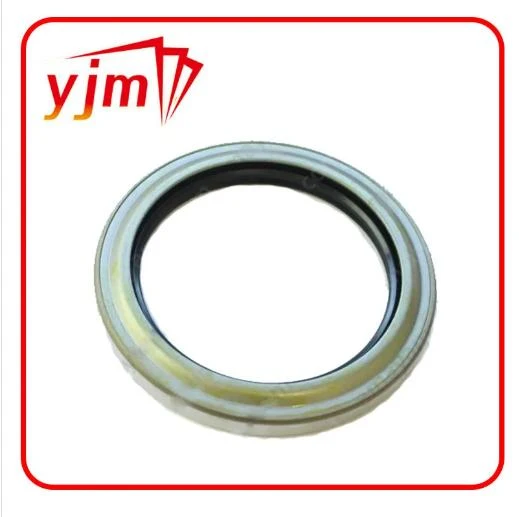Auto spare parts Crankshaft Seal 038103171


In my professional practice, the choice of replacement parts is as significant as the repair process itself. Opting for high-quality seals from reputable manufacturers guarantees longevity and reliability. It’s not uncommon to encounter cheaper, low-quality alternatives on the market; however, these often result in repeated repairs and further costs in the long run. Trustworthiness in part selection cannot be overstated. Authoritative sources and trusted automotive forums can provide additional insights and recommendations on this process. Engaging with a community of like-minded professionals ensures that you have access to the latest techniques and tools, broadening your expertise and enhancing the trust clients place in your services. Some practical advice I offer to fellow enthusiasts and professionals is to always consult your vehicle’s service manual before embarking on this repair job. Manufacturers often provide detailed instructions specific to the make and model, which can significantly streamline the replacement process and minimize potential errors. Overall, managing a main crank seal issue requires a combination of experience, technical expertise, and reliable resources. Understanding the intricacies of this component, recognizing the symptoms of failure, and implementing a thorough and effective replacement strategy will not only enhance your vehicle's performance but also establish a foundation of trust with clients who count on your expertise to keep their vehicles running smoothly.
-
Understanding the Front Main Engine Seal: Purpose, Maintenance, and Installation
News Jul.29,2025
-
Understanding O-Rings and Seal Rings: Types, Applications, and Custom Solutions
News Jul.29,2025
-
Understanding Crankshaft Oil Seals: Rear Seals, Pulley Seals, and Their Role in Engine Integrity
News Jul.29,2025
-
The Importance of Front and Rear Crankshaft Seals in Engine Performance and Oil Management
News Jul.29,2025
-
Crank Oil Seals: Functions, Types, and Cost Considerations in Engine Maintenance
News Jul.29,2025
-
A Comprehensive Guide to O-Rings and Seals: Types, Materials, and Global Applications
News Jul.29,2025
-
Mastering Diesel and Performance Engine Maintenance: A Guide to Critical Oil Gaskets
News Jul.28,2025
Products categories














